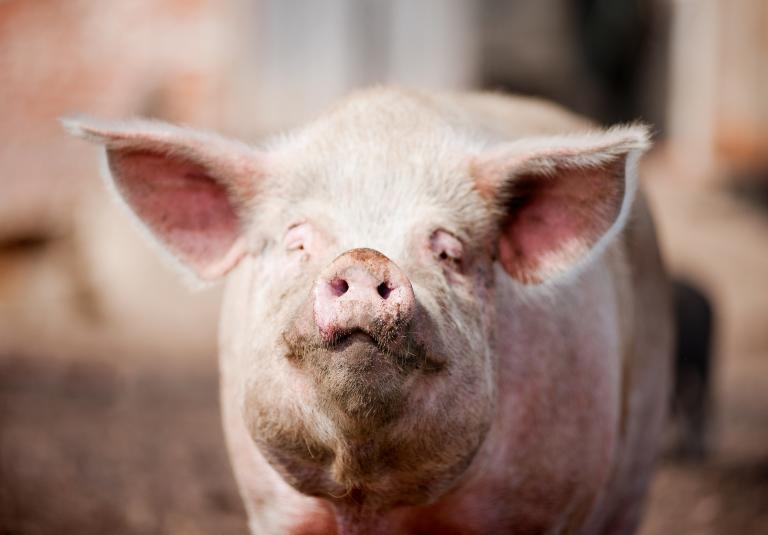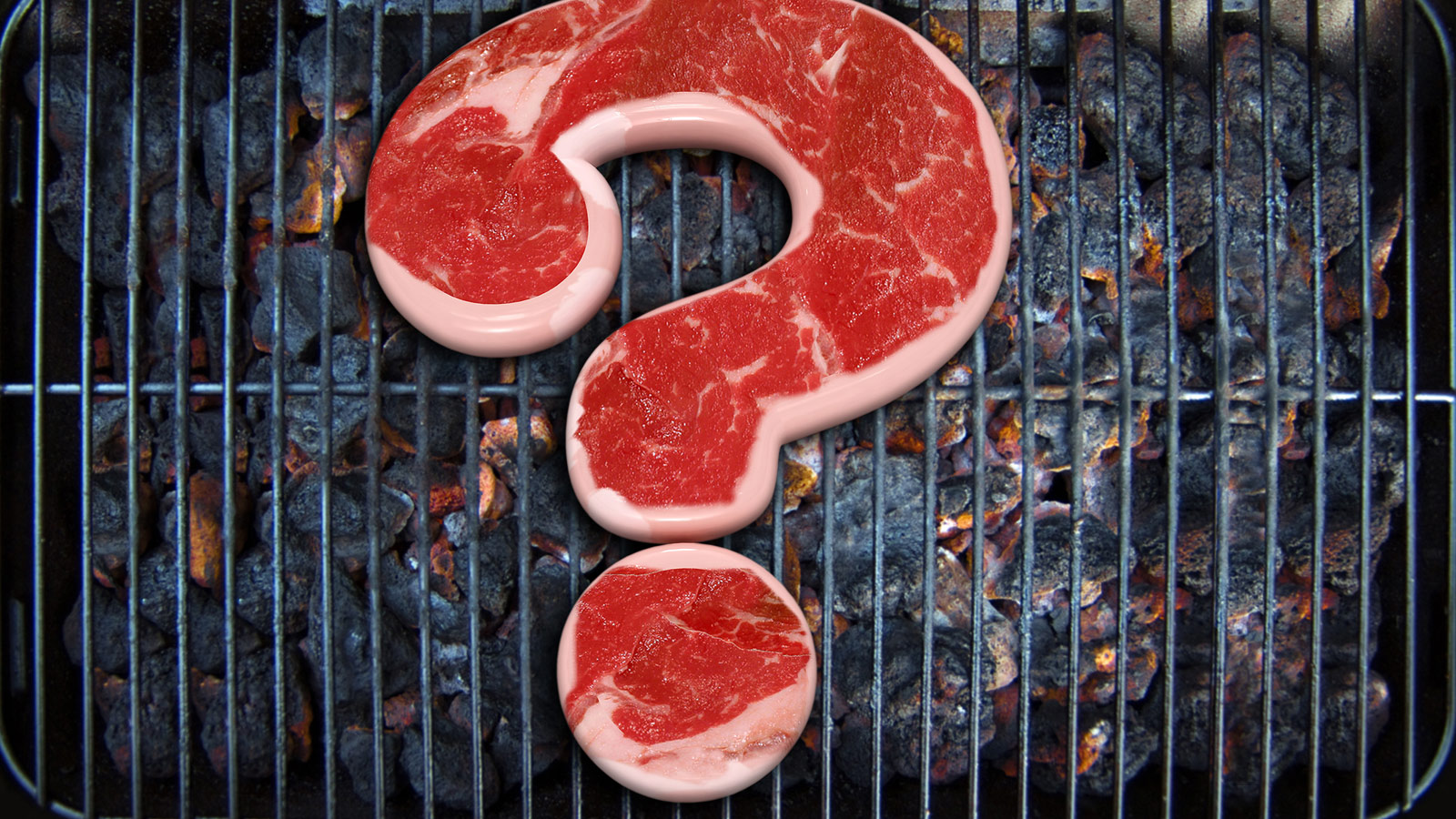In the first decade of the new millennium, Americans became obsessed with this question: Meat! Where does it come from?
In short: so many places. But actually informing people of where those places are has proved … a bit trickier. Exhibit A: The World Trade Organization (WTO) just decided that a rule adopted in 2013 by the U.S. Department of Agriculture (USDA) to specify the national origins of beef and pork (for example, “Born in Mexico, raised and slaughtered in the United States”) is unfair to Canada and Mexico.
Country-of-origin (COOL) labeling appears to have been a legit, populist, “I’d-like-to-know-what-I’m-eating” style struggle. The National Cattlemen’s Beef Association, the North American Meat Association, and the American Meat Institute all fought COOL labeling — and lost.
Then the WTO got involved, which raises the question — should trade agreements take precedence over domestic food policy? Will new trade agreements that the U.S. has in the works, like the Trans-Pacific Trade Partnership (TPP), open the U.S. to this kind of judgment on a wider scale?
Before the 2013 rule change, meat processors could put a single label on meat from animals from multiple countries of origin, as long as they were all killed together at the slaughterhouse on the same day. The practice is called “commingling” — and it’s still allowed, in the case of ground beef, on the basis that ground beef is just too complicated.
It’s not hard to see why Canada and Mexico freaked out about COOL labeling. Both countries share very long borders with the United States — the single largest eater of beef in the world by volume, and the fifth largest eater of beef per capita (per capita, Canada comes in at No. 9 and Mexico at No. 20).
So what’s going to happen now that WTO arbitration has spoken? Well, now, unless the U.S. agrees to give up its meat-labeling ideas, Canada and Mexico are free to tax the hell out of U.S. exports to both countries, on the grounds that the new COOL rules did cut into beef exports. According to Bloomberg, Canada has already promised to slap tariffs on Canadian imports of American “cows, pigs, apples, chocolate, pasta, potatoes, ketchup, wine, jewelry, furniture, and mattresses.” Canada has permission to go after $780.9 million in retaliatory tariffs from the U.S., and Mexico gets $227.8 million.
Does this dustup offer a caution about the potential consequences of the TPP — the very, very large trade agreement that President Obama has described as a key priority for his last term? Could be. In WTO disputes like the meat-labeling conflict, countries sue other countries, and WTO arbitrates; the TPP is more like NAFTA, which allows an individual company (one that has significant investments in a member country) to file a complaint against a country when it believes a law violates the trade agreement.
The most notorious instance of this in the U.S. under NAFTA was the MTBE case, when a Canadian company sought $970 million in damages after the state of California banned MTBE, a toxic additive, from its gasoline. That case was settled in favor of California — but the fact that it could be brought at all continues to spook environmentalists and raise worries about the TPP.
What remains to be seen is whether this ruling will be used as an excuse to stymie other populist food-rule rebellions before they ever get anywhere — and whether we’re likely to see more international pushback against national food rules in the future.



